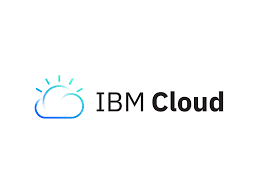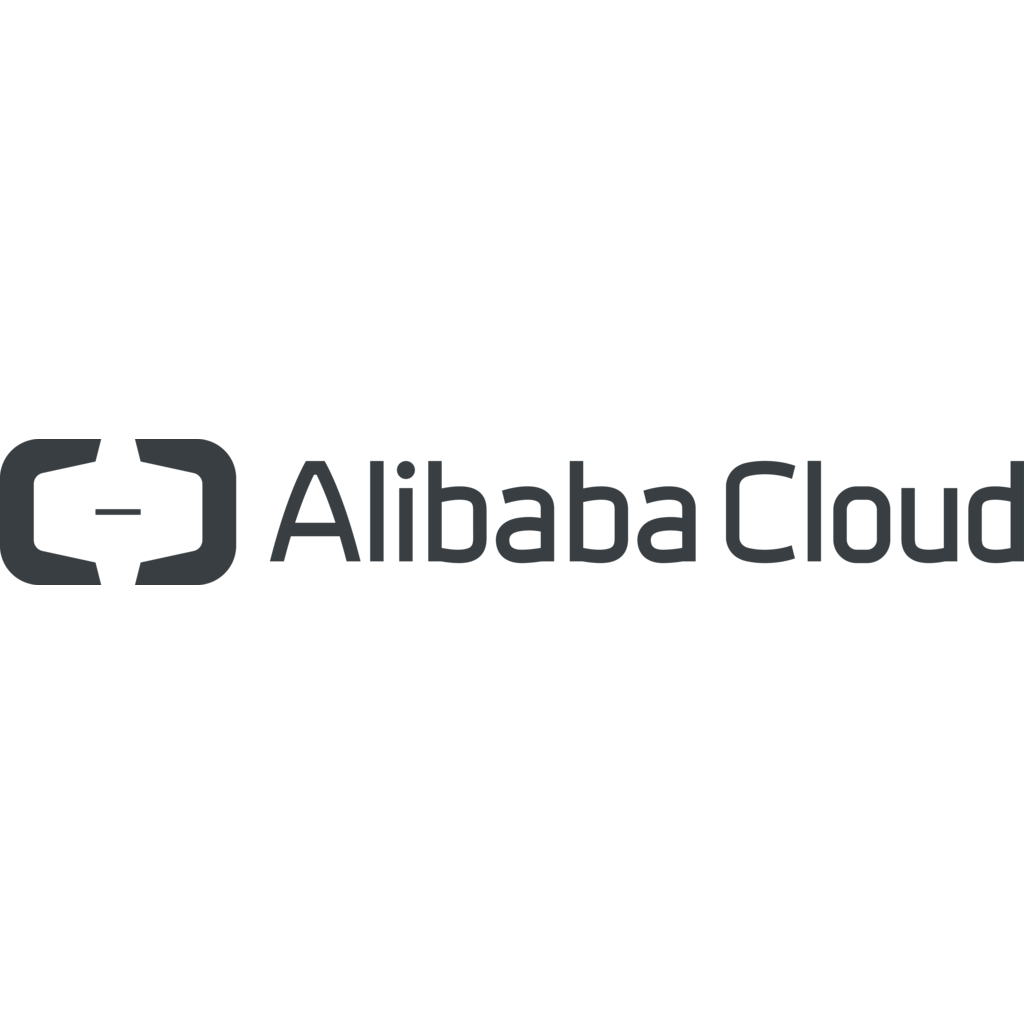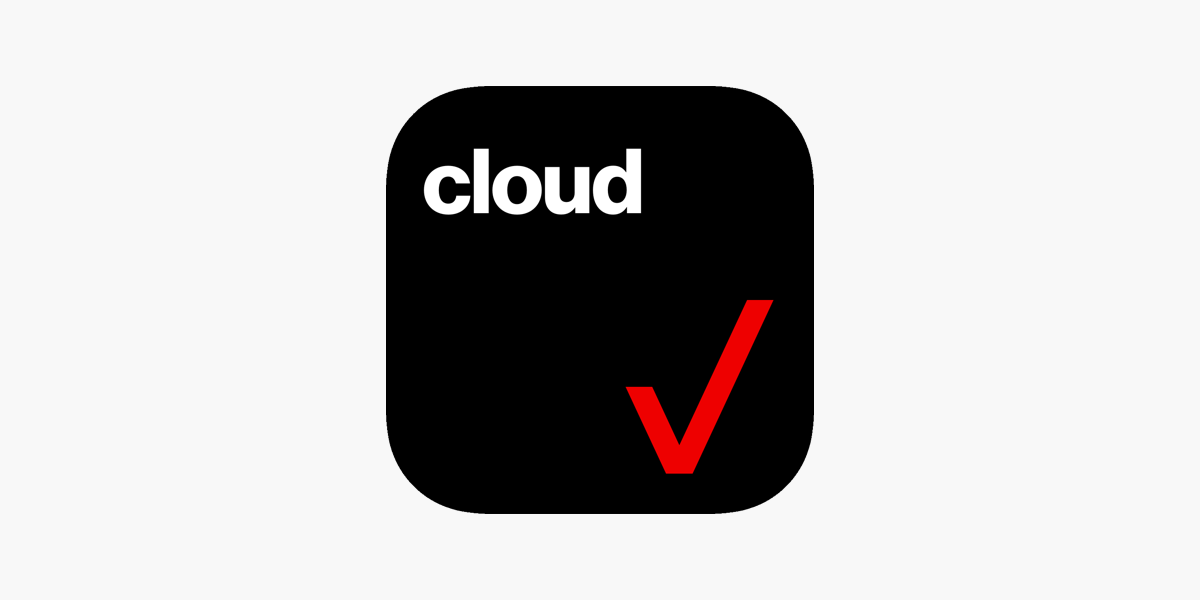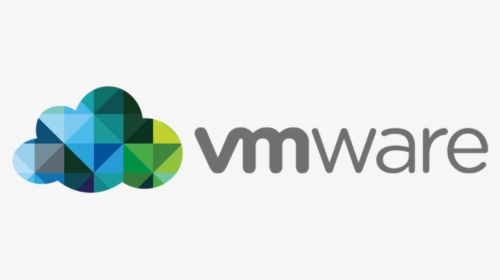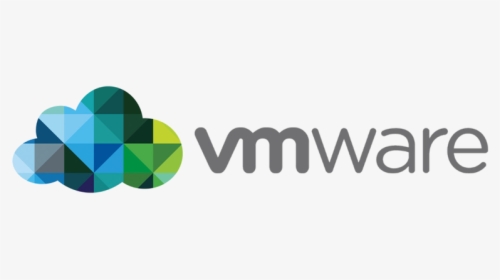By: Waqas Bin Khursheed
Tik Tok: @itechblogging
Instagram: @itechblogging
Quora: https://itechbloggingcom.quora.com/
Tumblr: https://www.tumblr.com/blog/itechblogging
Medium: https://medium.com/@itechblogging.com
Email: itechblo@itechblogging.com
Linkedin: www.linkedin.com/in/waqas-khurshid-44026bb5
Blogger: https://waqasbinkhursheed.blogspot.com/
Read more articles: https://itechblogging.com
Introduction to AWS IAM
AWS IAM serves as the cornerstone of cloud security strategies. Understanding its intricacies is crucial for safeguarding your cloud assets.
Exploring IAM Basics
IAM revolves around the principles of authentication, authorization, and accountability. These foundational elements form the bedrock of cloud security protocols.
Authentication Mechanisms in IAM
IAM offers a plethora of authentication mechanisms, including username/password pairs, access keys, and multi-factor authentication (MFA). These ensure robust user verification.
Authorization Policies in IAM
Authorization in IAM is governed by policies. These define the permissions granted to different entities within your AWS environment, ensuring least privilege access.
IAM Best Practices for Enhanced Security
Implementing IAM best practices is vital for fortifying your cloud security posture. From strong password policies to regular access reviews, each measure contributes to a resilient defense.
Managing IAM Users and Groups
IAM enables granular control over user and group management. By assigning appropriate permissions to users and groups, organizations can maintain a secure and organized AWS environment.
Read more Unveiling AWS Snowball | Revolutionizing Data Transfer
IAM Roles: Delegating Access Safely
IAM roles facilitate secure access delegation within AWS environments. By assigning roles with specific permissions, organizations can streamline operations without compromising security.
Securing AWS Resources with IAM Policies
IAM policies dictate resource access controls. Crafting precise policies ensures that only authorized entities can interact with sensitive AWS resources, mitigating potential security risks.
FAQs on AWS IAM
-
What is AWS IAM, and why is it important for cloud security?
AWS IAM, or Identity and Access Management, is a service provided by Amazon Web Services (AWS) that allows you to manage access to AWS resources securely. It enables you to create and manage users, groups, and permissions to grant or deny access to various resources within your AWS environment.
IAM is crucial for cloud security because it helps organizations control who can access their AWS resources and what actions they can perform on those resources. By using IAM, organizations can enforce the principle of least privilege, ensuring that users have only the permissions they need to carry out their tasks, thereby reducing the risk of unauthorized access or accidental data breaches.
Read more Unlocking AWS Bucket Access | A User-Centric Guide
Additionally, IAM provides features such as multi-factor authentication (MFA), identity federation, and access policies, which further enhance security by adding layers of authentication and enabling fine-grained control over resource access.
Overall, AWS IAM plays a vital role in maintaining the security and integrity of cloud environments by allowing organizations to manage user identities and access permissions effectively.
-
How does IAM authentication differ from authorization?
IAM authentication and authorization are two essential components of access control within the AWS environment, but they serve distinct purposes.
Authentication is the process of verifying the identity of a user or entity attempting to access AWS resources. It ensures that the user is who they claim to be by validating their credentials, such as username and password, access keys, or digital certificates. Authentication in IAM confirms the user's identity before granting access to resources.
Authorization, on the other hand, determines what actions a user or entity is allowed to perform on AWS resources after their identity has been authenticated. It involves defining permissions and access policies that specify the actions, resources, and conditions under which access is granted or denied. Authorization in IAM ensures that users have the appropriate level of access to resources based on their roles, groups, or individual permissions.
In summary, authentication verifies the identity of users, while authorization controls the actions they are permitted to take within the AWS environment.
Explore Amazon SNS for Seamless Communication
-
What are the common authentication mechanisms supported by IAM?
IAM supports various authentication mechanisms to verify the identity of users and entities accessing AWS resources securely. Some of the common authentication methods include:
- Username and Password: This traditional method involves users providing a combination of their username and password to authenticate their identity.
- Access Keys: IAM allows users to generate access keys (consisting of an access key ID and a secret access key) that can be used to authenticate programmatic access to AWS services via APIs, command-line tools, or SDKs.
- Multi-Factor Authentication (MFA): IAM offers MFA, which adds an extra layer of security by requiring users to provide an additional authentication factor, such as a one-time password generated by a hardware token, virtual MFA device, or SMS, along with their username and password.
- X.509 Certificates: IAM supports X.509 certificates for authentication, allowing users to authenticate using digital certificates issued by a trusted certificate authority.
- Identity Federation: IAM enables federated authentication, allowing users to sign in to AWS using their existing identities from external identity providers (IdPs) such as Active Directory, LDAP, or SAML-based identity providers.
These authentication mechanisms provide flexibility and security, allowing organizations to choose the most suitable method based on their requirements and preferences.
-
Can IAM policies be customized to fit specific security requirements?
Yes, IAM policies can indeed be customized to meet specific security requirements. IAM policies are JSON documents that define permissions for users, groups, roles, and resources within an AWS environment. These policies can be tailored to align with an organization's unique security needs and compliance standards.
Customization options for IAM policies include:
- **Granular Permissions**: IAM policies can specify fine-grained permissions to allow or deny access to individual AWS resources or actions. This level of granularity enables organizations to enforce the principle of least privilege, granting only the necessary permissions for users to perform their tasks.
- **Conditional Statements**: IAM policies support the use of conditional statements, allowing organizations to define access controls based on various conditions, such as IP address ranges, time of day, or the presence of specific tags on resources. This enables dynamic access control based on contextual factors.
- **Policy Variables**: IAM policies can leverage policy variables to dynamically reference values such as the current date, AWS account ID, or resource ARN (Amazon Resource Name). This flexibility enables policies to adapt to changes in the environment without requiring manual updates.
- **Policy Simulations**: AWS provides tools for simulating IAM policies to evaluate their effectiveness and identify any potential unintended consequences. This allows organizations to iteratively refine and optimize their policies to better align with their security requirements.
By leveraging these customization options, organizations can create IAM policies that address their specific security needs, ensuring robust access control and compliance with regulatory standards.
-
How does IAM facilitate access management for AWS resources?
IAM facilitates access management for AWS resources by providing a centralized framework for controlling and securing access to various services and features within the AWS environment. Here's how IAM achieves this:
- **User and Group Management**: IAM allows organizations to create and manage IAM users and groups. Users can be assigned unique credentials and grouped together based on their roles or responsibilities. This simplifies access management by enabling administrators to apply permissions to groups rather than individual users.
- **Role-Based Access Control (RBAC)**: IAM implements RBAC, allowing organizations to define roles with specific permissions and assign these roles to users or groups as needed. Roles can be customized to grant access to a subset of AWS services, resources, and actions, ensuring users have the necessary permissions to fulfill their responsibilities without unnecessary access.
- **Fine-Grained Permissions**: IAM policies enable organizations to define granular permissions for users, groups, and roles. Policies specify which AWS resources users can access and the actions they can perform on those resources. This fine-grained control ensures that users have precisely the level of access required for their tasks, minimizing the risk of unauthorized actions.
- **Temporary Credentials**: IAM supports the generation of temporary security credentials that grant access to AWS resources for a limited duration. This feature is particularly useful for granting temporary access to users or applications, such as contractors or temporary scripts, without compromising long-term security.
- **Identity Federation**: IAM enables federated access, allowing users to sign in to AWS using their existing credentials from external identity providers (IdPs) such as Active Directory or SAML-based identity providers. This simplifies access management by extending existing identity management systems to AWS.
Overall, IAM streamlines access management by providing a flexible and scalable framework for controlling access to AWS resources. By implementing IAM best practices and policies, organizations can maintain a secure and compliant environment while enabling users to access the resources they need to perform their tasks effectively.
-
What role do IAM roles play in access delegation?
IAM roles play a crucial role in access delegation within the AWS environment. They serve as a means of granting temporary permissions to users, applications, or services without the need to share long-term credentials such as access keys or passwords. Here's how IAM roles facilitate access delegation:
Read more Amazon SQS | Guide to Boosting Your Website’s Visibility
- **Temporary Permissions**: IAM roles provide temporary permissions that can be assumed by IAM users, AWS services, or external entities. When a role is assumed, the entity is granted a set of permissions defined by the role's IAM policies. These permissions are only valid for the duration of the role's session, which helps minimize the risk associated with sharing long-term credentials.
- **Cross-Account Access**: IAM roles enable cross-account access, allowing entities in one AWS account to access resources in another AWS account. This is particularly useful in scenarios where organizations need to grant access to resources owned by different teams or departments without sharing credentials.
- **Service-to-Service Access**: IAM roles enable services running within the AWS environment to access other AWS services securely. For example, an EC2 instance can assume an IAM role with permissions to access S3 buckets, enabling it to read or write data to the buckets without storing access keys or passwords.
- **Identity Federation**: IAM roles support identity federation, allowing users to assume roles using their existing credentials from external identity providers (IdPs) such as Active Directory or SAML-based identity providers. This enables seamless integration with existing identity management systems and simplifies access management for federated users.
- **Least Privilege Access**: IAM roles enable organizations to follow the principle of least privilege by granting only the necessary permissions to perform specific tasks. Roles can be scoped to provide access to a subset of AWS resources and actions, reducing the risk of unauthorized access or unintended actions.
Overall, IAM roles serve as a flexible and secure mechanism for delegating access within the AWS environment, enabling organizations to grant temporary permissions to users, services, and external entities while maintaining control over resource access and security.
-
How can organizations ensure compliance with security standards using IAM?
Organizations can ensure compliance with security standards using IAM by implementing various best practices and following industry guidelines. Here's how they can achieve compliance with security standards using IAM:
- **Define Security Policies**: Organizations should establish clear security policies outlining access control requirements, authentication mechanisms, and data protection measures. These policies should align with industry regulations and standards such as HIPAA, GDPR, or PCI DSS.
- **Implement Least Privilege Access**: IAM enables organizations to enforce the principle of least privilege by granting users and roles only the permissions necessary to perform their tasks. By limiting access to the minimum required level, organizations can reduce the risk of unauthorized access and data breaches.
- **Regular Access Reviews**: Organizations should conduct regular access reviews to ensure that IAM permissions align with users' roles and responsibilities. This helps identify and revoke unnecessary permissions, reducing the risk of insider threats or unauthorized access.
- **Enable Multi-Factor Authentication (MFA)**: IAM supports multi-factor authentication, which adds an extra layer of security by requiring users to provide additional authentication factors such as SMS codes or hardware tokens. Enabling MFA enhances security and helps organizations comply with regulations requiring strong authentication measures.
- **Audit Logging and Monitoring**: Organizations should enable IAM logging and monitoring to track user activity and detect suspicious behavior. By monitoring IAM events such as authentication attempts, role assumptions, and policy changes, organizations can identify security incidents and demonstrate compliance with logging requirements.
Read more Understanding Common Types of AMI Designs
- **Encryption and Data Protection**: IAM can be used to enforce encryption and data protection measures for sensitive data stored in AWS services such as S3 or RDS. By applying IAM policies to control access to encrypted data and managing encryption keys securely, organizations can comply with data protection regulations.
- **Regular Training and Awareness**: Organizations should provide regular training and awareness programs to educate users about IAM best practices, security policies, and compliance requirements. By fostering a culture of security awareness, organizations can reduce the risk of security incidents and ensure compliance with security standards.
By implementing these measures and leveraging IAM capabilities effectively, organizations can enhance their security posture, mitigate risks, and demonstrate compliance with security standards and regulations.
-
Are there any best practices for managing IAM users and groups efficiently?
Yes, there are several best practices for managing IAM users and groups efficiently within the AWS environment:
- **Use Groups for Permissions**: Assign permissions to IAM groups rather than individual users whenever possible. This simplifies access management by allowing you to apply permissions to multiple users at once, reducing the administrative overhead.
- **Follow Naming Conventions**: Establish clear and consistent naming conventions for IAM users, groups, and roles. This makes it easier to identify and manage users and groups, especially in larger environments with numerous entities.
- **Implement Role-Based Access Control (RBAC)**: Define roles with specific sets of permissions based on job functions or responsibilities. Assign these roles to users and groups to ensure they have the necessary permissions to perform their tasks, following the principle of least privilege.
- **Regular Access Reviews**: Conduct periodic access reviews to audit permissions assigned to IAM users and groups. Identify and remove unnecessary permissions to reduce the risk of unauthorized access and ensure compliance with security standards.
- **Use Policy Conditions**: Utilize IAM policy conditions to enforce additional access controls based on specific criteria such as IP address ranges, time of day, or the presence of MFA. This adds an extra layer of security and helps enforce organizational policies.
- **Leverage Managed Policies**: Take advantage of AWS managed policies to simplify access management. AWS provides a range of managed policies covering common use cases, such as granting access to specific AWS services or complying with regulatory requirements.
- **Enable Programmatic Access**: Only grant programmatic access (via access keys and secret access keys) to users who require it for automation or application integration. For human users, encourage the use of IAM console access or federated authentication methods whenever possible.
- **Monitor User Activity**: Enable IAM logging and monitoring to track user activity and detect unauthorized access or suspicious behavior. Monitor IAM events such as successful and failed authentication attempts, changes to permissions, and role assumptions.
By following these best practices, organizations can efficiently manage IAM users and groups, improve security, and maintain compliance with regulatory requirements.
-
How does IAM integrate with other AWS security services?
IAM integrates seamlessly with various AWS security services to enhance the overall security posture of AWS environments. Here's how IAM integrates with some key AWS security services:
- **AWS Key Management Service (KMS)**: IAM can control access to AWS KMS keys, which are used to encrypt and decrypt data stored in AWS services. IAM policies can specify which users or roles are allowed to use specific KMS keys for encryption and decryption operations.
- **Amazon GuardDuty**: IAM can be used to grant permissions for accessing and managing Amazon GuardDuty, a managed threat detection service. IAM policies can define who has access to view and act upon GuardDuty findings and configure settings within GuardDuty.
- **Amazon Inspector**: IAM allows fine-grained control over access to Amazon Inspector, a security assessment service that helps identify security vulnerabilities and compliance issues in AWS environments. IAM policies can determine who can run assessments, view findings, and manage Inspector resources.
- **AWS Config**: IAM controls access to AWS Config, a service that provides detailed resource inventory, configuration history, and configuration change notifications. IAM policies specify which users or roles can access AWS Config resources and view configuration data.
- **AWS CloudTrail**: IAM manages access to AWS CloudTrail, a service that records API activity and delivers log files for audit and compliance purposes. IAM policies define who can create, modify, or delete CloudTrail trails and access the resulting log files.
- **AWS Security Hub**: IAM permissions regulate access to AWS Security Hub, a comprehensive security service that provides aggregated security findings from various AWS services. IAM policies determine who can view, manage, and respond to security findings within Security Hub.
- **AWS Identity and Access Management (IAM) Access Analyzer**: IAM policies control access to IAM Access Analyzer, a service that analyzes resource policies to identify unintended access and resource-sharing across AWS accounts. IAM permissions specify who can access and use Access Analyzer for resource analysis.
By integrating IAM with these AWS security services, organizations can implement a layered approach to security, enforce access controls, and detect and respond to security threats more effectively within their AWS environments.
-
What steps should be taken to enhance IAM security?
To enhance IAM security, implement multi-factor authentication (MFA) for all users, regularly review and refine IAM policies, enable IAM access key rotation, monitor user activity with CloudTrail, enforce strong password policies, limit access with least privilege principles, and regularly audit IAM configurations for compliance and security gaps.
-
Can IAM be used for identity federation with external systems?
Yes, IAM supports identity federation, allowing users to access AWS resources using their existing credentials from external identity providers (IdPs) such as Active Directory, LDAP, or SAML-based identity providers. This enables seamless integration with external systems and simplifies access management for federated users across AWS services.
-
How does IAM handle temporary security credentials?
IAM provides temporary security credentials that can be generated dynamically and used to access AWS resources for a limited duration. These temporary credentials are typically obtained by assuming an IAM role or by using web identity federation for users authenticated through external identity providers like Amazon Cognito. Temporary credentials have an expiration time, reducing the risk associated with long-term credential exposure.
-
What are the benefits of implementing multi-factor authentication (MFA) with IAM?
Implementing multi-factor authentication (MFA) with IAM offers several benefits for enhancing security:
- **Increased Protection**: MFA adds an extra layer of security beyond passwords, requiring users to provide an additional authentication factor such as a one-time password generated by a hardware token or mobile app.
- **Reduced Risk of Unauthorized Access**: MFA helps mitigate the risk of unauthorized access, even if passwords are compromised, as attackers would still need access to the second authentication factor.
- **Compliance with Security Standards**: Many regulatory standards and industry best practices require the use of MFA to strengthen authentication and protect sensitive data, ensuring compliance with security standards.
- **Enhanced User Awareness**: MFA prompts users to verify their identity using a second factor, raising awareness about security and reinforcing good authentication practices among users.
- **Flexible Authentication Options**: IAM supports various MFA methods, including hardware tokens, virtual MFA devices, SMS codes, and biometric authentication, allowing organizations to choose the most suitable option based on their security requirements and user preferences.
- **Secure Access to AWS Resources**: By enabling MFA for IAM users, organizations can add an additional layer of security to access AWS resources, helping to safeguard critical infrastructure and data from unauthorized access or breaches.
Overall, implementing MFA with IAM strengthens authentication mechanisms, reduces the risk of unauthorized access, and helps organizations comply with security standards, thereby enhancing overall security posture in AWS environments.
-
How can IAM help in auditing and monitoring user activity?
IAM assists in auditing and monitoring user activity within AWS environments through several mechanisms:
- **IAM Access Logging**: IAM provides access logging, which records API activity related to IAM users, roles, and policies. These logs capture details such as the identity of the user or entity making the request, the actions performed, and the resources affected.
- **CloudTrail Integration**: IAM integrates with AWS CloudTrail, a service that provides comprehensive logging of API calls across AWS services. By enabling CloudTrail, organizations can track and monitor IAM-related events, including authentication attempts, role assumptions, policy changes, and permission modifications.
- **Event Notifications**: IAM supports event notifications, which allow organizations to receive notifications when specific IAM events occur. Organizations can configure event notifications to alert them of critical events such as failed authentication attempts or changes to IAM policies.
- **Policy Simulations**: IAM offers policy simulations, allowing organizations to test the effectiveness of IAM policies without affecting live resources. By simulating policy actions, organizations can identify potential security risks, policy conflicts, or unintended consequences before applying changes.
- **Resource-Level Logging**: IAM policies can be configured to include resource-level logging, which captures additional details about resource usage and access patterns. This granular logging enables organizations to monitor and analyze user activity at a more detailed level.
- **Third-Party Integrations**: IAM can integrate with third-party logging and monitoring tools, allowing organizations to consolidate IAM audit logs with logs from other AWS services or external systems for centralized monitoring and analysis.
By leveraging these auditing and monitoring capabilities, organizations can gain visibility into user activity, detect suspicious behavior or unauthorized access, and ensure compliance with security policies and regulatory requirements within their AWS environments.
-
What considerations should be made when designing IAM policies for scalability?
When designing IAM policies for scalability, consider the following factors:
- **Granularity**: Design policies with granular permissions to ensure scalability as your organization grows. Avoid creating overly broad policies that grant unnecessary permissions, as they can become difficult to manage and maintain over time.
- **Role-Based Access Control (RBAC)**: Implement RBAC principles to assign permissions based on job functions or responsibilities. This allows for scalability by defining roles that can be easily assigned to new users or groups as the organization expands.
- **Hierarchical Organization**: Organize IAM policies hierarchically to reflect the structure of your organization. This simplifies policy management and scalability by allowing you to apply policies at different levels (e.g., at the account, group, or user level) and inherit permissions as needed.
- **Resource Tagging**: Use resource tagging to categorize and organize resources logically. IAM policies can leverage resource tags to apply permissions dynamically based on resource attributes, facilitating scalability by automating access management for new resources.
- **Policy Conditions**: Utilize policy conditions to enforce additional access controls based on specific criteria such as IP address ranges, time of day, or the presence of MFA. This adds flexibility and scalability by allowing policies to adapt to changing requirements without manual updates.
- **Centralized Management**: Implement centralized management and automation tools for IAM policies to streamline policy creation, deployment, and enforcement across multiple accounts or regions. This ensures consistency and scalability across the organization's AWS environment.
- **Regular Review and Optimization**: Regularly review and optimize IAM policies to ensure they align with evolving business needs and security requirements. Remove outdated or unused permissions, and refine policies to accommodate changes in resource usage and access patterns.
By considering these factors when designing IAM policies, organizations can create scalable and efficient access management solutions that adapt to the dynamic nature of cloud environments and support growth and expansion over time.
Conclusion: Elevate Your Cloud Security with AWS IAM Mastery
By mastering AWS IAM, organizations can establish a robust security foundation in their cloud environments. Embrace IAM best practices to safeguard your assets effectively.




